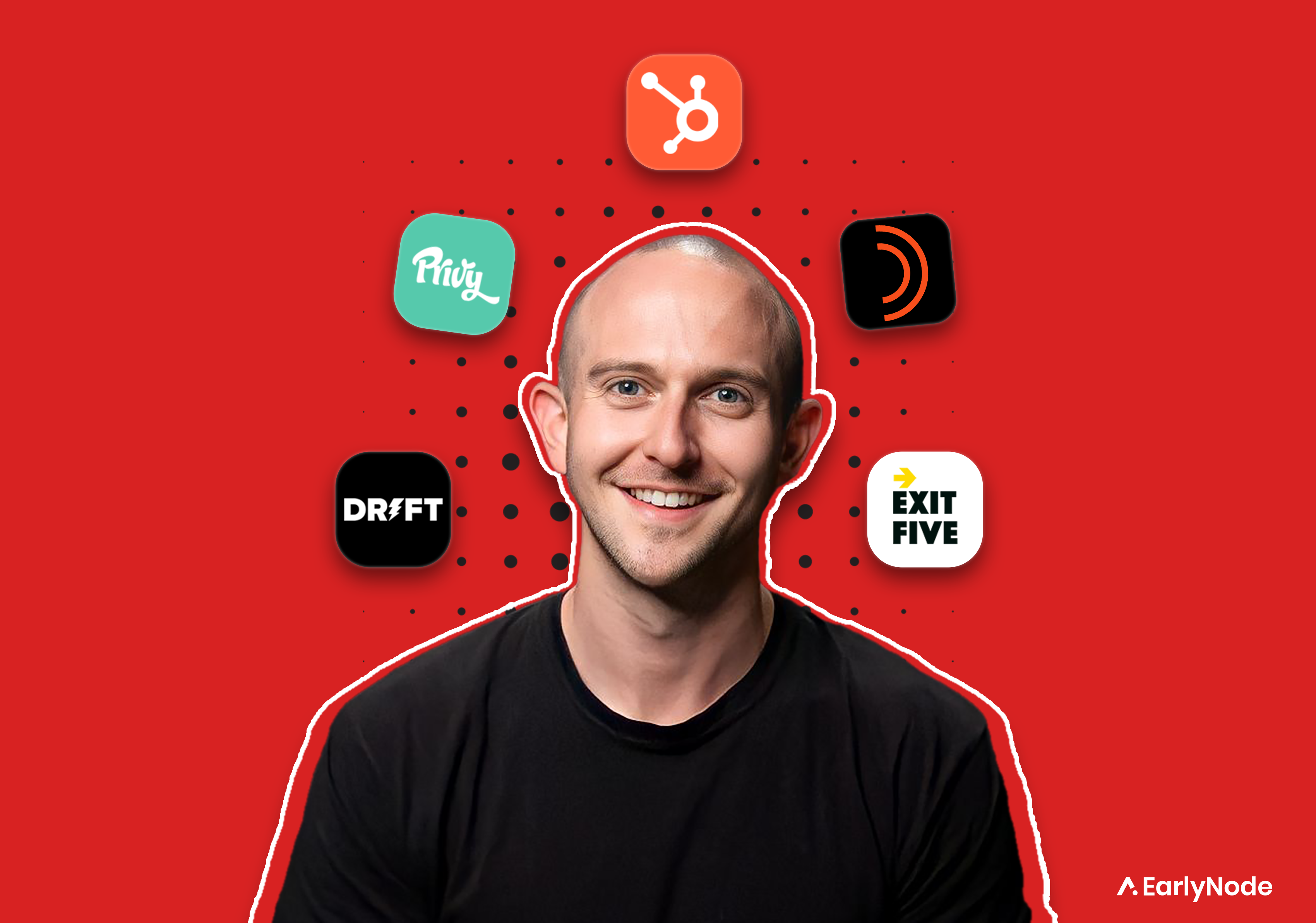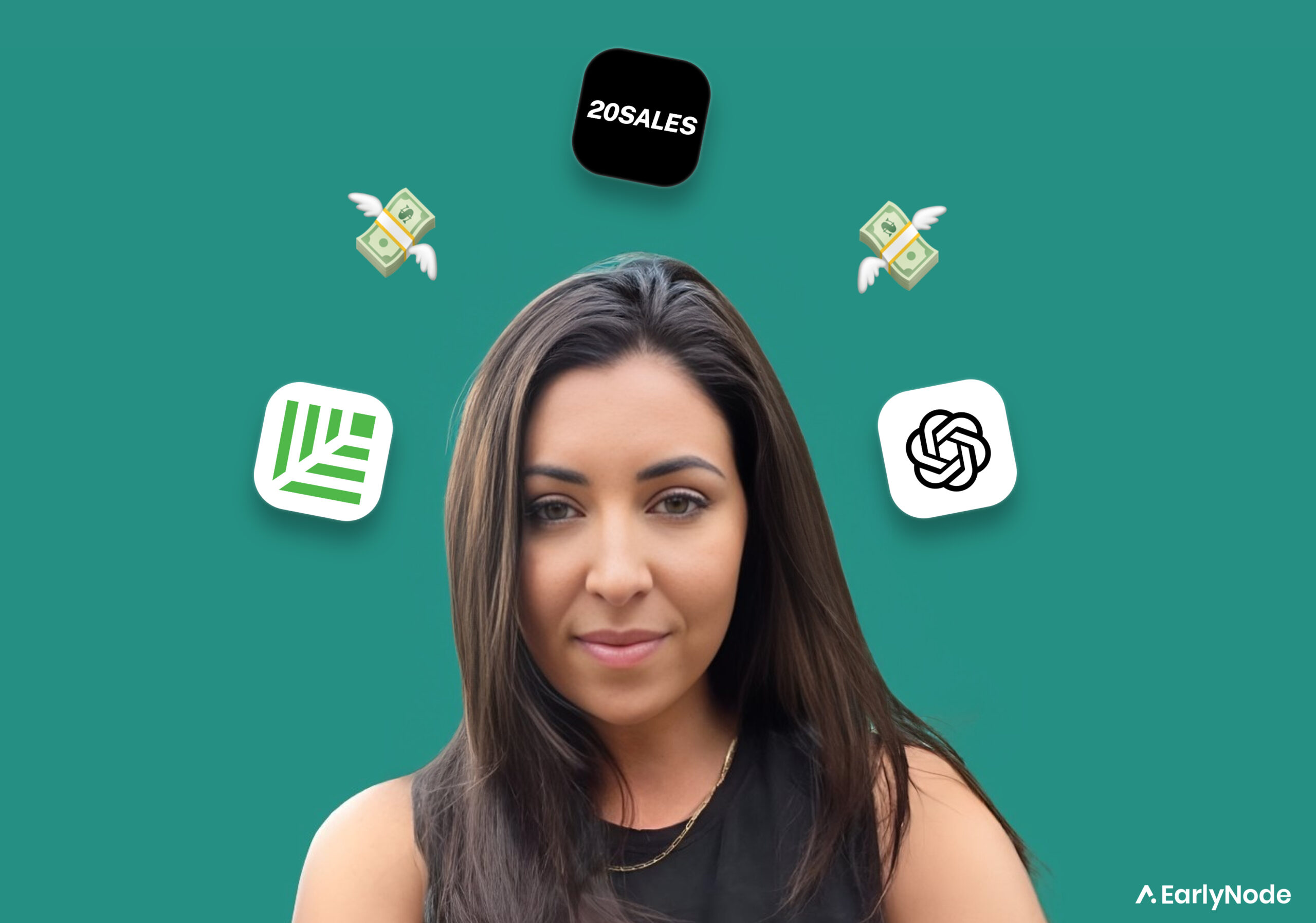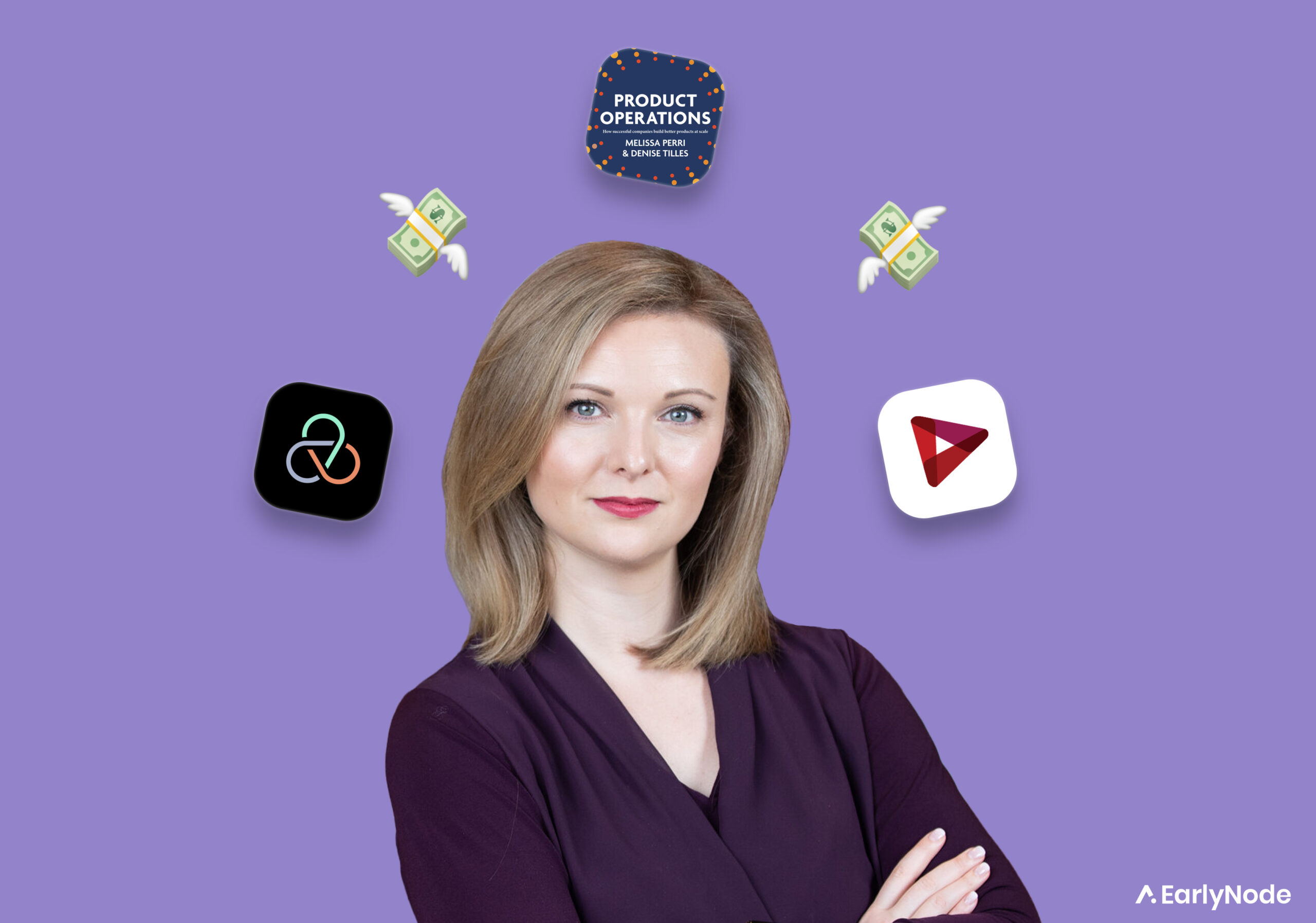SaaS branding wisdom by Dave Gerhardt

Dave Gerhardt was the Chief Brand Officer at Drift – now a unicorn company – and CMO at popular e-commerce marketing platform Privy. As a SaaS growth expert, Dave now spends his time at his own company, Exit Five, where he helps B2B founders with strategies to build solid and lasting company brands.
We dug deep to gather the best lessons Dave has shared on SaaS marketing and branding.
In The SaaS Operator newsletter from 25 April 2023 you’ll learn:
- How to use your brand to stand out in competitive markets.
- How to define your brand with “two-word positioning”.
- How to know if your brand-building strategy is working.
Why B2B SaaS companies should focus on building a brand
When Dave joined Drift as their first marketing hire, he faced a huge challenge. Drift, a SaaS marketing platform, was in a crowded market competing with giants like Intercom and 7000 other MarTech tools.
He immediately set out to do something different, something their competitors weren’t doing: build a brand and create a unique story that connected people with the brand.
What was this story? Well, Drift knew that marketers hated lead forms. Marketers understood that consumers now preferred having conversations to the impersonal process of filling out forms.
So Dave and the team created high-value content that pushed a narrative that lead forms were the “enemy” and focused on a better marketing approach- one that puts people first via conversations.
They called it “conversational marketing”.
Conversational marketing had come to stay. It was a classic execution of law #2 from The 22 Immutable Laws of Marketing playbook: If you can’t be first, create a new category.
The Drift team, with founder David Cancel as the face of the brand, talked about this new approach to marketing everywhere: podcasts, newsletters, social media, and blogs.
And it worked! Their email list exploded. Marketers loved Drift’s unique content. When Drift launched its product, thousands of marketers were already on its waitlist ready to sign up.
Drift had set itself apart from the competition. Customers already knew Drift and trusted the brand before they even considered using the product.
That’s the power of building a brand. It sets you apart and makes you recognizable even if there are hundreds of products similar to yours.
Think about how you buy for your business today. If you’re anything like us, you don’t sign up for a software subscription just because someone gave you the hard sell over the phone. Instead, you do your own research before you buy. And (let’s face it) you’re probably influenced by the branding you’ve been exposed to over time.
If you really want to compete, you need to build a brand. It is what drives demand today.
But what the heck is a brand?
A brand goes beyond just fancy colors and logos. Your brand is what you’re known for. It is you telling the world, “Hey, this is who we are and this is how we’re different.” That’s why it’s your most important asset.
Building a brand starts by crafting a clear and simple story that identifies what you want to be known for. The next step, according to Dave, is to sum up this story in just two words. He calls it Two-Word Positioning.
For Drift, those two words are “Conversational Marketing”. For HubSpot, they are “Inbound Marketing”. At Gainsight, they are “Customer Success”. You get the drift (pun intended ;)).
In short, ask yourself: “What do we want to be known for?”. Sum it up in two words, then work strategically to position your company as a leader in that space.
How do you know that your branding efforts actually work?
If you’re just at the start of your brand-building journey, stay close to social media. Are more people talking about your brand every week on LinkedIn? Are people tweeting good things about you? If you get an overall positive impression from the social engagement your brand is getting online, that’s a great sign.
Whenever Dave saw nice comments and posts about Drift’s podcast and newsletter, that was his cue that whatever they were doing was working.
But that’s really just a gut impression. To really get to grips with how your branding is working, you have to look at it both quantitatively and qualitatively.
Quantitative signals: Watch to see if the traffic to your site is more direct – meaning people going directly to your domain or typing your brand’s name into Google, and not just finding you through some keywords you’re ranking for. If your direct traffic is growing, you’re on the right path.
Qualitative signals: Track the conversations, the social mentions, reviews, and stuff like that. If they’re positive, then you’re making progress.
Building the founder brand
Here’s a secret: for a SaaS company’s brand to stand out, especially in a crowded market, its founder has to be visible. Dave believes this so much that he literally wrote a book on the topic (it’s called Founder Brand).
He believes that building a memorable founder brand puts a face to the company and builds trust and credibility with potential customers. In essence, it supercharges your brand’s marketing efforts.
Why? Because people like to buy from people, not from faceless corporations. If there are 2 similar products with similar prices, they’ll choose the one whose founder they know and like.
Dave says, in the early days, some customers bought from Drift just because they liked the podcast and the company’s unique take on marketing.
Fast forward a few years and Dave found himself as CMO at Privy, an email marketing platform for e-commerce stores. The business was doing great with about 500k users but they wanted to scale.
Founder Ben Jabawway was a true e-commerce marketing veteran. So the first thing Dave did was to find a way for Ben to teach his customers how to grow their businesses.
That was the birth of the E-commerce Marketing School, a podcast where e-commerce owners can get quick marketing lessons to grow their businesses. It shot up to be the top podcast for small Shopify store owners. Within a year it had over 100 episodes.
Ben later repurposed these episodes into LinkedIn posts and Twitter threads, which in turn brought visibility to the Privy brand and brought in more customers.
According to Dave’s book, building a founder brand involves three phases:
- Mastering the art of storytelling: As a founder, you must first learn to tell your story in a way that draws people in and connects them to your vision and values.
- Becoming a publisher: The next step is to find ways to reach your audience. Start with Twitter and LinkedIn because they’re two of the best places to grow. Then add a podcast. Podcasts are also an effective way to build topical authority.
- Mastering the feedback loop: Once you’re publishing consistently, focus on collecting feedback from your audience. Figure out which metrics matter for you. If you master this, you’ll know from your audience what you need to do to grow.
Who should we cover next? If you have a SaaS expert in mind, let us know by sending us an email at saas@earlynode.com.




